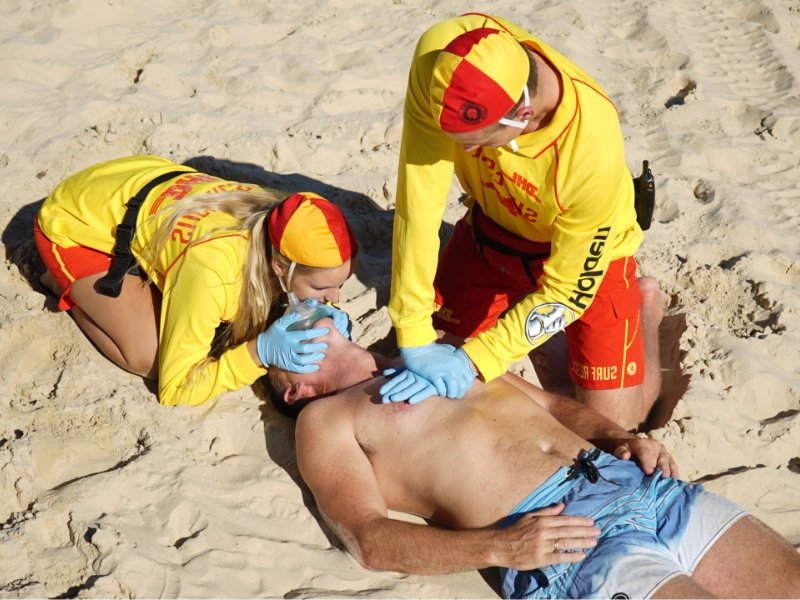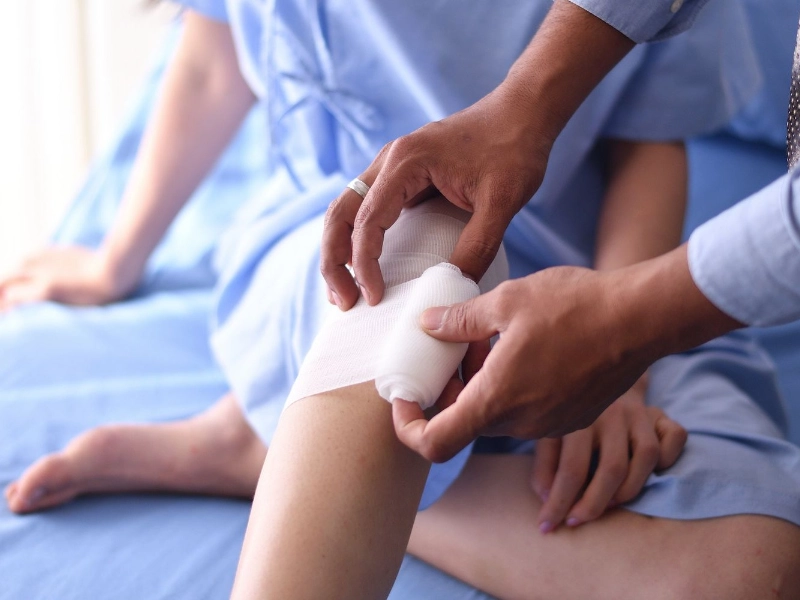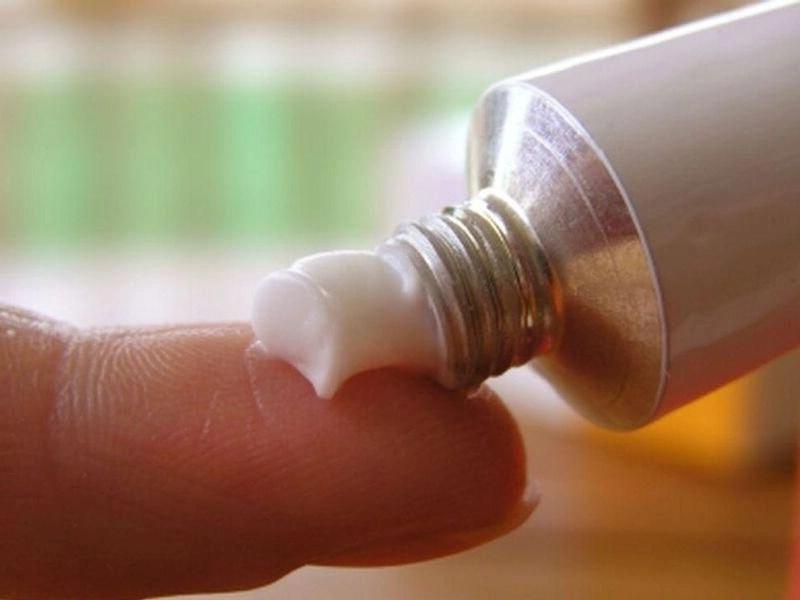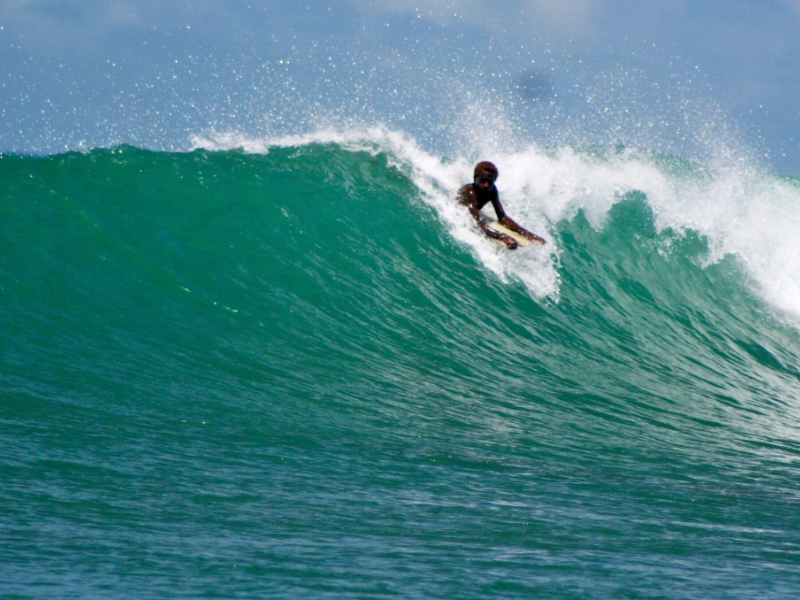Surfing is an exciting and unique activity that attracts millions of enthusiasts around the world. However, it is also a sport that carries risks and can lead to serious injuries if not approached with caution and knowledge. This first aid kit contains intuitive and easy-to-use medical supplies designed to control life-threatening bleeding and stabilize fractures until professional emergency responders arrive. Key items include Hemostatic Gauze, a sea urchin spine probe, high-precision tweezers, and more.

Surfing, with its stunning beaches and thrilling waves, offers an exhilarating experience. Whether you are new to the sport or an experienced surfer looking to enhance your skills, it is crucial to understand how to protect yourself and others by practicing basic safety protocols and first aid knowledge. Focusing on safety is the best way to enjoy a fulfilling surfing experience while positively contributing to the well-being of the surfing community. Making pre-surf assessments a routine, wearing a leash and protective wetsuit, and being aware of the day’s surf conditions are essential preparations for any surfing session. Incorporating these practices into your routine promotes a culture of vigilance and proactivity, ensuring that the joy of surfing lasts for generations.

The ocean’s unpredictability makes surfing both thrilling and potentially dangerous. Surfers can reduce risks by engaging in regular safety drills, maintaining physical fitness, and acquiring essential first aid knowledge. If a surfer encounters someone who is not breathing or exhibiting abnormal breathing patterns, it is crucial to recognize the situation and immediately signal for help using agreed-upon signals (such as arm signals) before attempting a rescue. It's important to remember that the most critical time for a drowning victim is the first ten minutes after they are pulled from the water. Surfers can enhance safety by making their presence known to others in the water through established signals and designating roles for those with specific rescue or first aid skills. Surfing in groups fosters a culture of collective vigilance, which can be invaluable in emergencies and improves the ability to respond swiftly to incidents requiring immediate attention.
 Bleeding is a serious concern for surfers due to sharp fins and board leashes. A quick response to control bleeding can be life-saving.
Unlike traditional first aid dressings, this innovative cellulose-based material accelerates blood clotting by filling wound voids and sealing capillary ends. When used alongside triple antibiotic ointment, it can help reduce infection, pain, and inflammation to promote faster healing.
The hemostatic gauze can be applied similarly to a tourniquet but should not be tight enough to obstruct blood flow, as increased pressure can worsen blood loss. The gauze can be loosened or removed once the bleeding has stopped.
Bleeding is a serious concern for surfers due to sharp fins and board leashes. A quick response to control bleeding can be life-saving.
Unlike traditional first aid dressings, this innovative cellulose-based material accelerates blood clotting by filling wound voids and sealing capillary ends. When used alongside triple antibiotic ointment, it can help reduce infection, pain, and inflammation to promote faster healing.
The hemostatic gauze can be applied similarly to a tourniquet but should not be tight enough to obstruct blood flow, as increased pressure can worsen blood loss. The gauze can be loosened or removed once the bleeding has stopped.
 Surfers are susceptible to painful and sometimes dangerous wounds known as sea ulcers. These often begin as minor scrapes or cuts but can become infected and develop into deep wounds if not treated properly. Triple antibiotic ointment is essential for preventing infection, reducing pain, and promoting healing. When applied to a cut or scrape, it forms a protective barrier that seals capillary ends, combats germs, and speeds up the blood clotting process. This ointment is a must-have in every surf first aid kit and comes with a specially designed splinter probe for safely removing any sea urchin spines that may have entered a wound.
Surfers are susceptible to painful and sometimes dangerous wounds known as sea ulcers. These often begin as minor scrapes or cuts but can become infected and develop into deep wounds if not treated properly. Triple antibiotic ointment is essential for preventing infection, reducing pain, and promoting healing. When applied to a cut or scrape, it forms a protective barrier that seals capillary ends, combats germs, and speeds up the blood clotting process. This ointment is a must-have in every surf first aid kit and comes with a specially designed splinter probe for safely removing any sea urchin spines that may have entered a wound.
 Surfers and beachgoers frequently encounter sharp rocks, coral, and the edges of their boards, resulting in cuts and bruises that require prompt treatment to avoid infection and minimize discomfort.
A simple first aid kit like this one is the perfect companion for your next surf trip. It contains quality items such as Hemostatic Gauze to expedite blood clotting, a Sea Urchin Spine Probe for safely and quickly removing spines, sterile tweezers, and adhesive stretch dressings.
Most surfing-related injuries can be prevented by understanding your skill level, assessing the conditions, and staying hydrated while in the water. Additionally, it is crucial to surf in areas patrolled by lifeguards, as they have the training and experience to assist in case of injury.
Surfers and beachgoers frequently encounter sharp rocks, coral, and the edges of their boards, resulting in cuts and bruises that require prompt treatment to avoid infection and minimize discomfort.
A simple first aid kit like this one is the perfect companion for your next surf trip. It contains quality items such as Hemostatic Gauze to expedite blood clotting, a Sea Urchin Spine Probe for safely and quickly removing spines, sterile tweezers, and adhesive stretch dressings.
Most surfing-related injuries can be prevented by understanding your skill level, assessing the conditions, and staying hydrated while in the water. Additionally, it is crucial to surf in areas patrolled by lifeguards, as they have the training and experience to assist in case of injury.